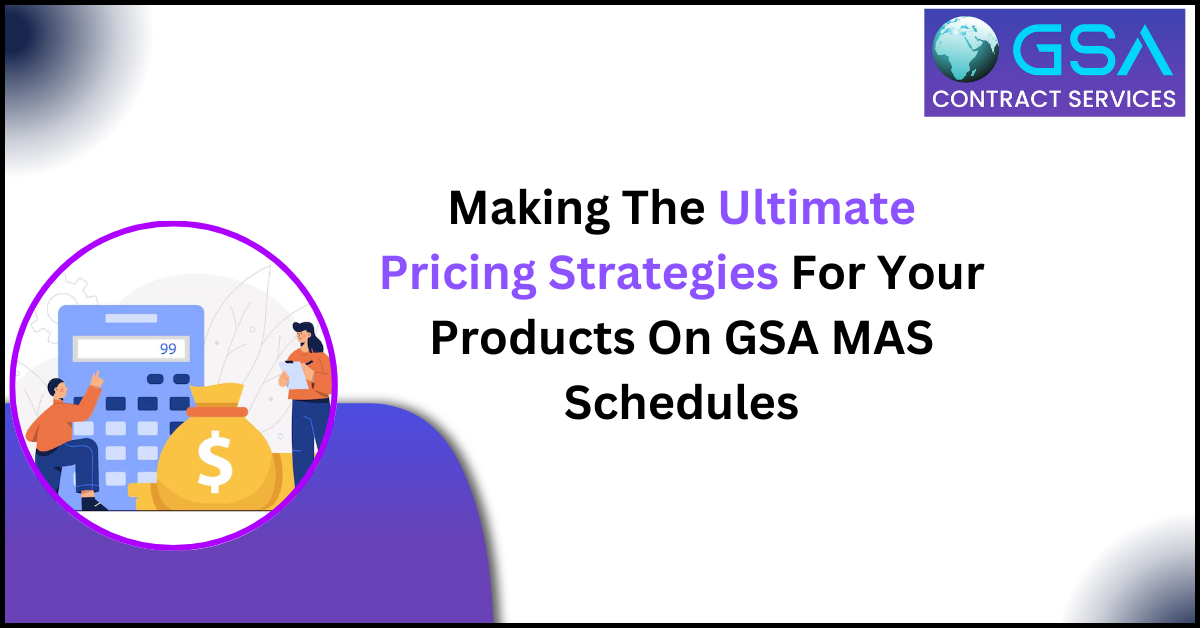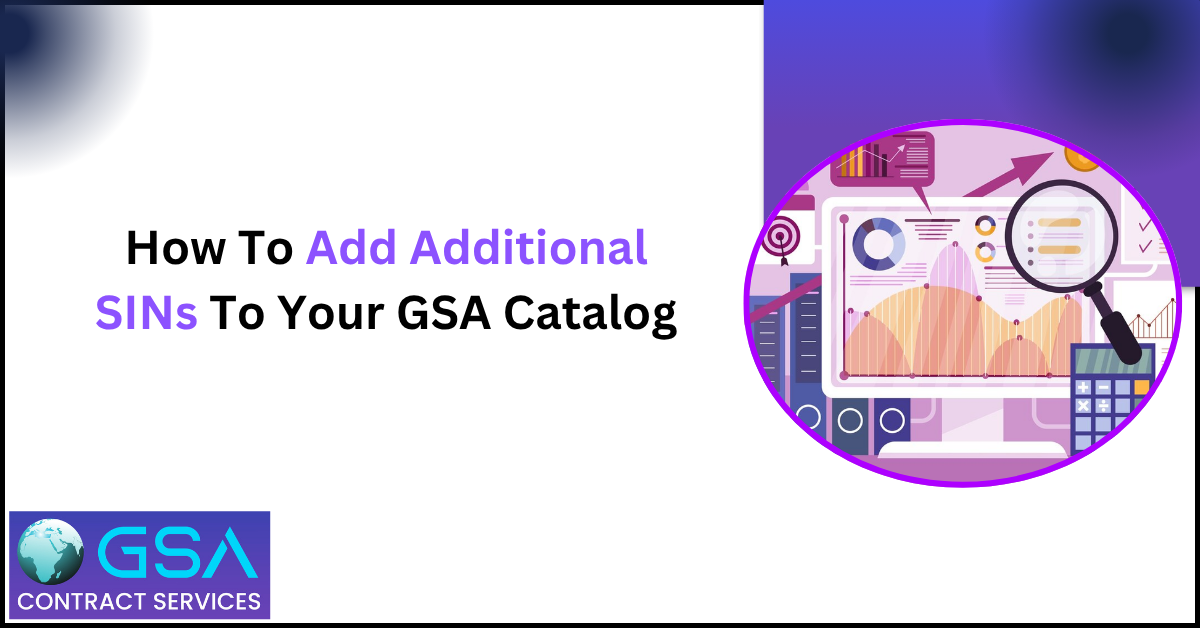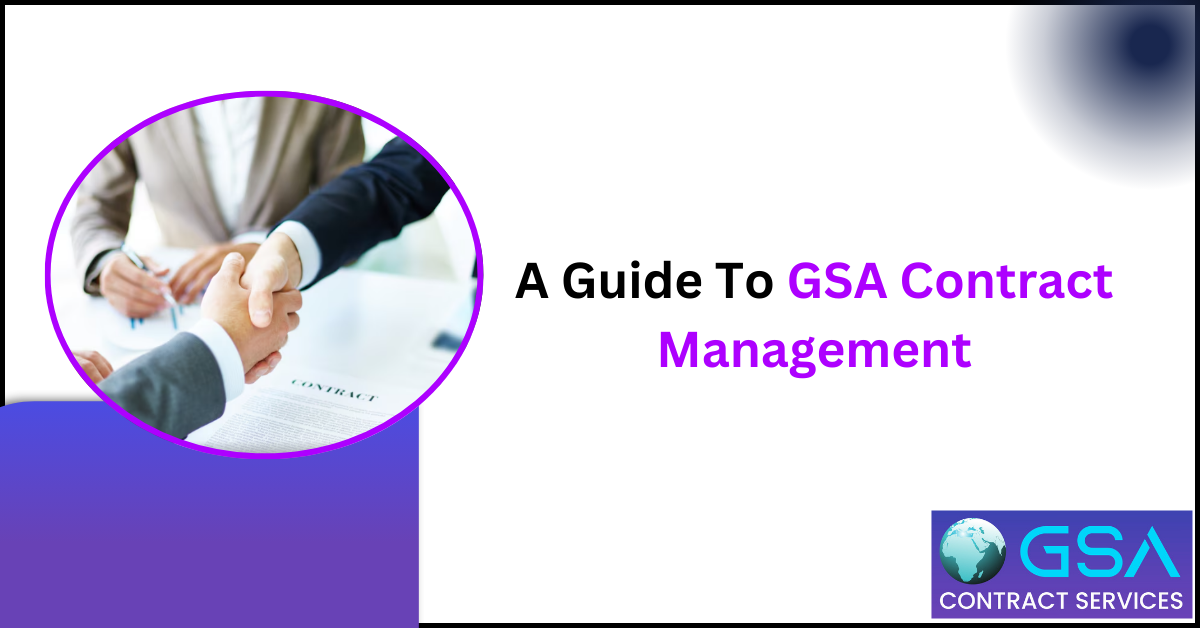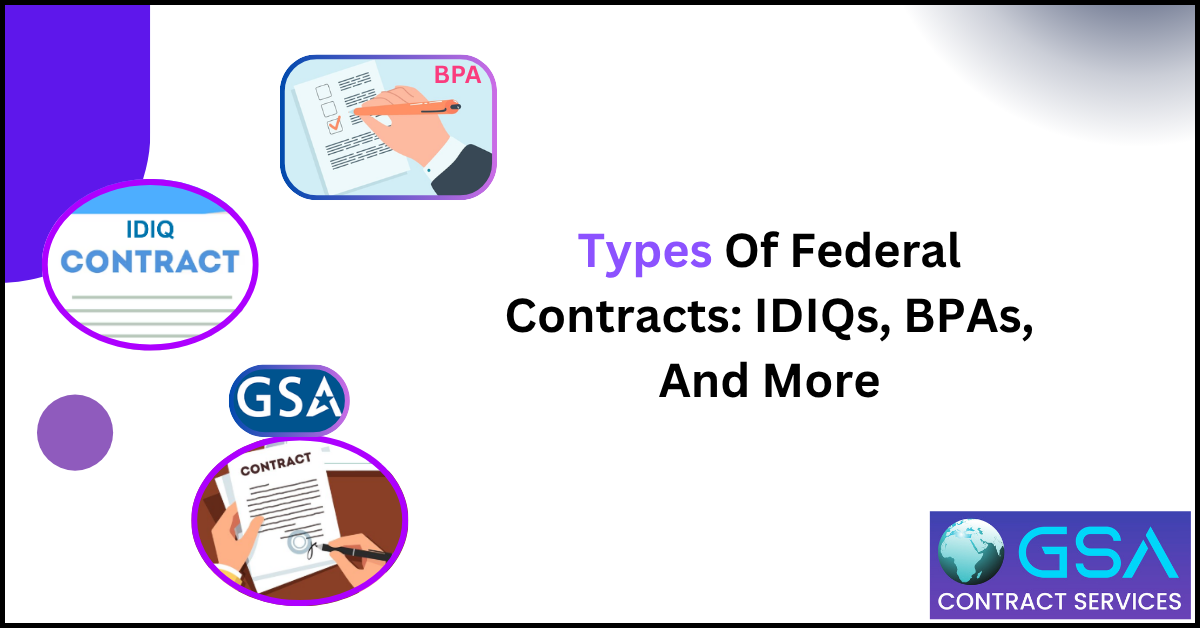Selling through the General Services Administration’s Multiple Award Schedule (GSA MAS) is a valuable opportunity for businesses to tap into billions of dollars in federal spending. But to succeed, you need one key thing: smart pricing. GSA pricing is not just about being competitive. It’s also about being compliant, transparent, and strategic.
This guide breaks down how to create the ultimate pricing strategy for your GSA MAS products, using simple steps and proven tactics to help you win contracts and stay in good standing.
Understand GSA Pricing Basics
When you sell through GSA MAS, you agree to offer your “most favored customer” pricing. That means GSA expects your government rates to be equal to or better than what you offer to your best commercial clients under similar terms and conditions.
So, if you sell a product to a commercial customer for $100 with standard delivery and payment terms, you shouldn’t offer it to the government for $110 under the same terms. GSA will flag this as unfair or non-compliant pricing.
To keep things transparent, GSA requires vendors to submit a Commercial Sales Practices (CSP) document that shows how you sell to your other customers. This helps GSA compare and ensure the government is getting a fair deal.
Tip: Document everything. Your pricing history, discounting policies, and customer terms all affect how GSA evaluates your offer.
Know Your Cost Structure
Before you price anything for GSA, you must know your full cost structure. This includes:
- Direct costs: cost of materials, labor, packaging
- Indirect costs: overhead, utilities, insurance
- Profit margin: what you aim to earn
- GSA-related costs: compliance, reporting, and administrative tasks
Many businesses forget to factor in the cost of GSA compliance. Regular audits, modifications, and administrative work can add up. Make sure your prices reflect not only the cost to produce the product but also the cost of selling on a GSA Schedule.
Benchmark Against Commercial And Competitor Pricing
GSA pricing doesn’t exist in a vacuum. To create a strong pricing strategy, benchmark your GSA prices against:
- Your commercial pricing: Make sure there’s a clear justification if your GSA price is higher.
- Competitor GSA pricing: Use GSA Advantage and eLibrary to see how similar vendors price their products.
- Industry norms: Check how prices fluctuate across your market.
This will help you spot pricing gaps and stay competitive without undercutting your value.
Note: Use GSA’s CALC (Contract-Awarded Labor Category) tool or GSA Advantage listings to pull price data and compare.
Choose The Right Discount Structure
You’ll need to offer a discount to the government—this is expected. But the trick is to structure your discounts wisely. Consider the following options:
- Standard GSA discount: This is the base discount you offer across all GSA orders.
- Volume/quantity discounts: Offer lower prices if the government buys in larger quantities.
- Prompt payment discounts: Reward agencies for paying invoices early.
- Tiered pricing: Set pricing based on volume tiers (e.g., 1-10 units = $100, 11-50 = $95).
Make sure these discounts are consistent with what you offer to your commercial clients. If you provide larger discounts to commercial buyers than to the government, GSA may question your offer or request price reductions.
Use Economic Price Adjustment Clauses
Prices change. Costs go up due to inflation, supply issues, or new tariffs. GSA allows you to adjust your prices under specific terms through the Economic Price Adjustment (EPA) clause.
There are different types of EPAs:
- Based on a fixed percentage over time (e.g., 3% annually)
- Tied to market indicators (like the Producer Price Index)
- Based on supplier price changes
Pick the clause that fits your business model. EPAs help you protect your margins while staying compliant.
Tip: Include EPA terms during contract negotiation. You can’t add them later unless you modify your contract.
Define Your Most Favored Customer (MFC)
Your Most Favored Customer is the commercial client who gets your best pricing, and this becomes the baseline GSA uses to compare your offer.
Make sure you define your MFC carefully. For example, if you give a 25% discount to a distributor that buys in bulk and pays in 10 days, GSA will expect that same discount under similar terms.
Be specific. If your MFC pricing is based on a special scenario, like a one-time deal or a bundled service, clarify that in your CSP document. That way, GSA understands the context and doesn’t apply that discount to all government sales.
Tip: Establish pricing policies and stick to them. The more consistent your commercial pricing, the easier it is to defend your GSA rates.
Prepare For Audits And Price Reviews
Once you’re on the GSA Schedule, your pricing doesn’t stay static. The GSA Office of Inspector General (OIG) and Industrial Operations Analysts (IOAs) regularly conduct audits and reviews to ensure pricing compliance.
Be ready with:
- Copies of commercial invoices
- Price justification documents
- Proof of compliance with MFC pricing
- Backup for price increases or decreases
Failing a price audit can result in a request for refunds, contract cancellation, or being barred from future bids.
Tip: Perform internal audits once a year to make sure you’re aligned with your GSA contract terms.
Leverage Value-Based Pricing When Possible
Not all pricing needs to be cost-plus. For certain products—especially services—you can use value-based pricing. This approach prices based on the value you deliver rather than just costs.
If your software saves agencies hundreds of hours a year, or your consulting services result in millions in operational improvements, highlight this value in your proposal. You may justify a higher price if the return is clear.
Still, GSA will want data to back up the value. Be ready to show case studies, customer testimonials, or performance metrics.
Bundle Products And Services
Another smart pricing strategy is bundling. You can combine multiple products or services into a single package and offer it at a special rate. This can:
- Increase average order value
- Simplify purchasing for agencies
- Make your offer more attractive
For example, if you sell printers, offer a bundle that includes toner and installation. Just make sure each component is also listed on your GSA contract, or you risk violating terms.
Be Flexible But Consistent
Government buyers appreciate flexibility. Offer options like different payment methods, custom configurations, or extended support plans. But your pricing must remain consistent and traceable.
If you offer one agency a special rate and not others, GSA may ask why. Any deviation from your agreed-upon pricing must be documented and approved through a contract modification.
Tip: Use a pricing policy handbook internally to guide your sales and contract teams.
Optimize For Long-Term Profitability
Your GSA pricing strategy shouldn’t just focus on short-term wins. Aim for long-term profitability and compliance. Avoid underpricing just to get on the Schedule—you might get stuck with prices that hurt your margins for years.
Instead:
- Price based on total value
- Include costs of compliance
- Build in EPA flexibility
- Use tiered discounts to encourage larger orders
Track Performance And Adjust
Once your pricing is live, track how it performs. Monitor:
- Order volume
- Profit margins
- Feedback from buyers
- Contract modifications
Use this data to adjust your strategy during renewals or extensions. GSA contracts last up to 20 years (5-year base with three 5-year options), so you’ll have multiple chances to revise your pricing.
Resources To Help You Price Smarter
Here are some GSA tools and resources that can guide your pricing:
- GSA Pricing Tool – https://buy.gsa.gov/pricing/
- GSA eLibrary – https://www.gsaelibrary.gsa.gov/
- GSA Advantage – https://www.gsaadvantage.gov/
- MAS Desk Reference – https://vsc.gsa.gov/
These platforms provide insight into competitor pricing, awarded contracts, and helpful compliance documentation.
Final Thoughts
Creating a winning pricing strategy for your GSA MAS products isn’t about offering the lowest price—it’s about offering fair, transparent, and justifiable pricing that reflects both your value and the needs of federal buyers.
By understanding GSA rules, benchmarking your pricing, managing compliance, and preparing for audits, you can create a pricing model that not only gets you awarded but keeps your contract in good shape for years.
Start with a pricing foundation that works for your business, stay consistent, and evolve as the market changes. That’s the key to long-term success on the GSA MAS Schedule.




